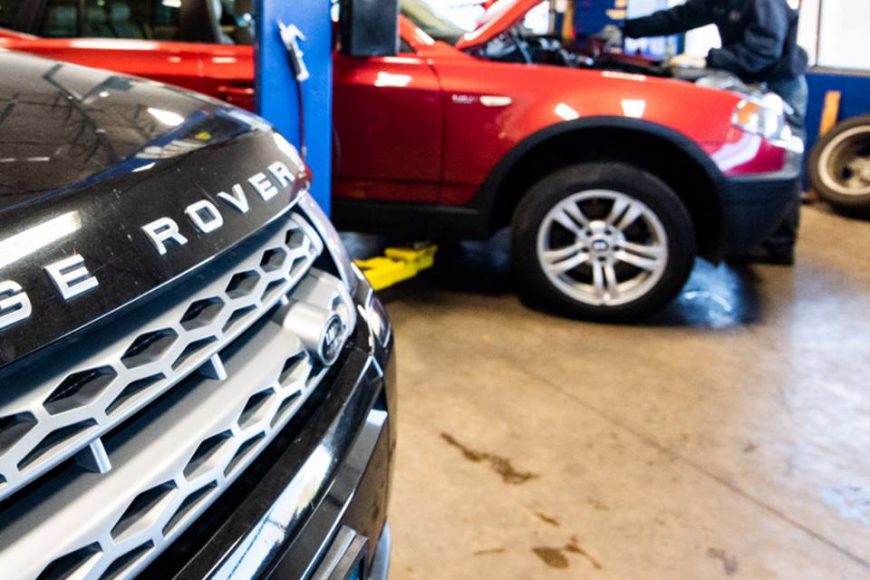- By Metric Auto Works
- In Suspension, Transmission
- Tags Belts, Heating, Suspension
- 2281
- 0

Of the many great things about summertime, few match the fun of a family road trip. Before you hook up that new boat or camper, or hit the road with your family or friends in your car, SUV, pickup, or RV, take the time to review these summer travel safety tips. Prevention and planning may take a little time up front, but will spare you from dealing with the consequences of a breakdown—or worse yet, a highway crash—later.
Regular maintenance such as tune-ups, oil changes, battery checks, and tire rotations go a long way toward preventing breakdowns. If your vehicle has been serviced according to the manufacturer’s recommendations, it should be in good condition to travel. If not—or you don’t know the service history of the vehicle you plan to drive—schedule a preventive maintenance checkup with your mechanic right away.
Owners may not always know that their vehicle has been recalled and needs to be repaired. NHTSA’s VIN look-up tool lets you enter a Vehicle Identification Number (VIN) to quickly learn if a specific vehicle has not been repaired as part of a safety recall in the last 15 years. Check for recalls on your vehicle by searching now: NHTSA.gov/Recalls. And sign up for email recall alerts at NHTSA.gov/Alerts.
Check your vehicle’s tire inflation pressure at least once a month and when your tires are cold (when the car hasn’t been driven for three hours or more)—and don’t forget to check your spare, if your vehicle is equipped with one. The correct pressure for your tires is listed on a label on the driver’s door pillar or doorframe or in the vehicle owner’s manual—the correct pressure for your vehicle is NOT the number listed on the tire itself. A tire doesn’t have to be punctured to lose air. All tires naturally lose some air over time and become underinflated. In fact, underinflation is the leading cause of tire failure.
Also, take 5 minutes to inspect your tires for signs of excessive or uneven wear. If the tread is worn down to 2/32 of an inch, it’s time to replace your tires. Look for the built-in wear bar indicators on your tires or use the “penny test” to determine when it’s time to replace your tires. Place a penny in the tread with Lincoln’s head upside down. If you can see the top of Lincoln’s head, your vehicle needs new tires. If you find uneven wear across the tires’ tread, it means your tires need rotation and/or your wheels need to be aligned before you travel.
Even a well-maintained vehicle can break down, so it’s advisable to put together an emergency roadside kit to carry with you. A cell phone tops the list of suggested emergency kit contents since it allows you to call for help when and where you need it. Suggested emergency roadside kit contents:


